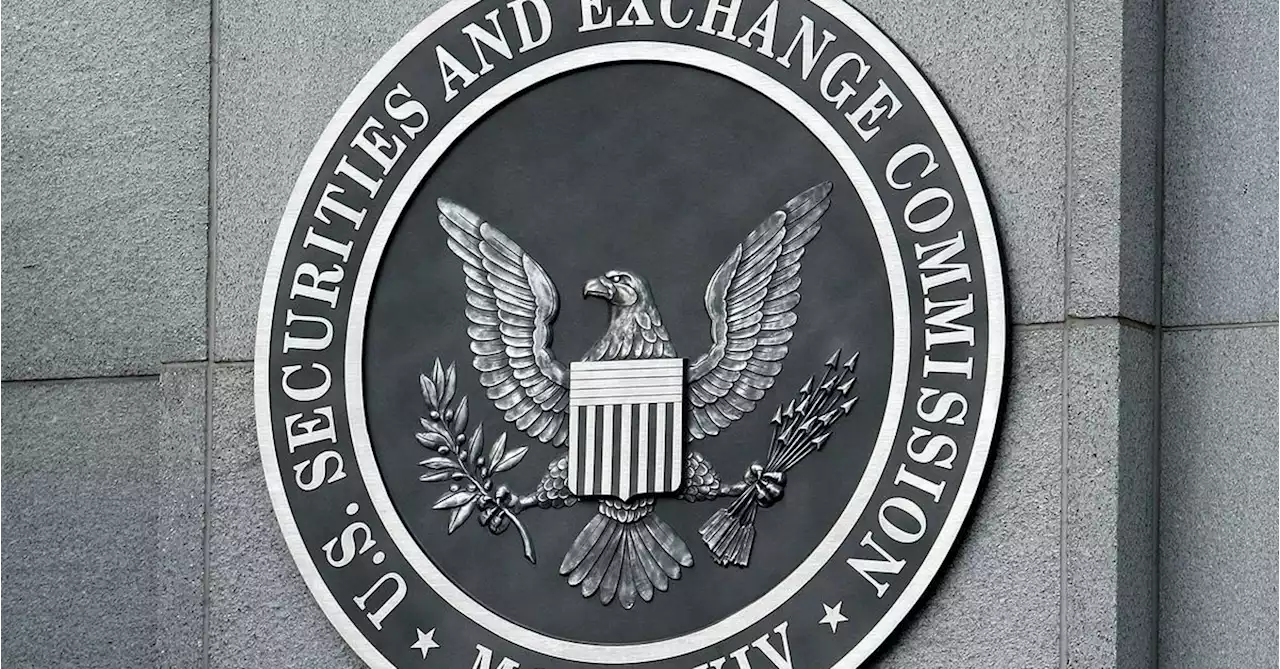According to the SEC’s Paul Munter, the agency’s acting chief accountant, the U.S. regulator is monitoring crypto exchange proof-of-reserves more closely.
According to the U.S. Securities and Exchange Commission’s Paul Munter, the agency’s acting chief accountant, the U.S. regulator is monitoring proof-of-reserves more closely. “We’re warning investors to be very wary of some of the claims that are being made by crypto companies,” Munter explained to the Wall Street Journal on Dec. 22.U.S.
“We’re warning investors to be very wary of some of the claims that are being made by crypto companies,” Munter explained. “Investors should not place too much confidence in the mere fact a company says it’s got a proof-of-reserves from an audit firm,” the SEC accountant stressed. Munter continued: [A POR audit] is not enough information for an investor to assess whether the company has sufficient assets to cover its liabilities.
Australia Latest News, Australia Headlines
Similar News:You can also read news stories similar to this one that we have collected from other news sources.
 SEC Increases Scrutiny of Audits of Cryptocurrency Companies: WSJThe U.S. Securities and Exchange Commission (SECGov) is increasing its scrutiny of audits of cryptocurrency companies while warning investors and audit firms that proof of reserve reports are not enough, the Wall Street Journal reported. By Amitoj
SEC Increases Scrutiny of Audits of Cryptocurrency Companies: WSJThe U.S. Securities and Exchange Commission (SECGov) is increasing its scrutiny of audits of cryptocurrency companies while warning investors and audit firms that proof of reserve reports are not enough, the Wall Street Journal reported. By Amitoj
Read more »
 Be ‘very wary’ of crypto proof-of-reserve audits: SEC officialThe United States Securities and Exchange Commission's acting chief accountant Paul Munter has warned investors to be 'very wary' of crypto proof-of-reserve audits.
Be ‘very wary’ of crypto proof-of-reserve audits: SEC officialThe United States Securities and Exchange Commission's acting chief accountant Paul Munter has warned investors to be 'very wary' of crypto proof-of-reserve audits.
Read more »
 The Most Popular Christmas Cookies in Each State According to GoogleAccording to the data, sugar cookies, gingerbread and peanut butter blossoms are the most popular cookies in America — though Kansas' most searched for cookie is unique, and sounds quite appealing
The Most Popular Christmas Cookies in Each State According to GoogleAccording to the data, sugar cookies, gingerbread and peanut butter blossoms are the most popular cookies in America — though Kansas' most searched for cookie is unique, and sounds quite appealing
Read more »
 Inflation declined to 5.5% in November, according to key gauge watched by FedInflation fell once again to a 5.5% annual rate in November, as measured by the gauge favored by the Federal Reserve.
Inflation declined to 5.5% in November, according to key gauge watched by FedInflation fell once again to a 5.5% annual rate in November, as measured by the gauge favored by the Federal Reserve.
Read more »
